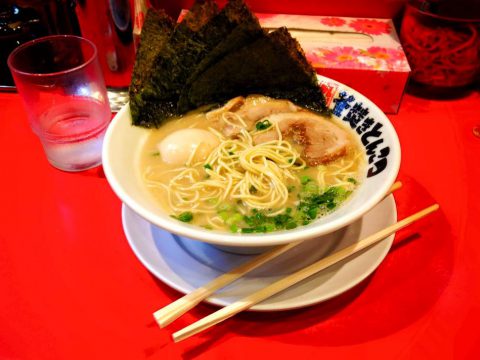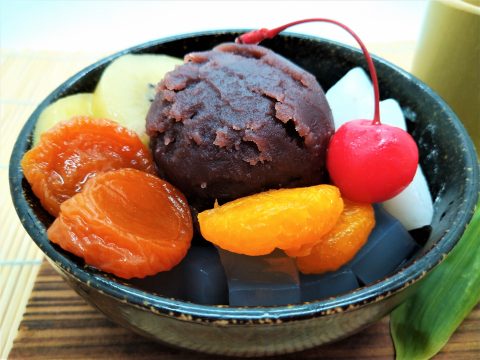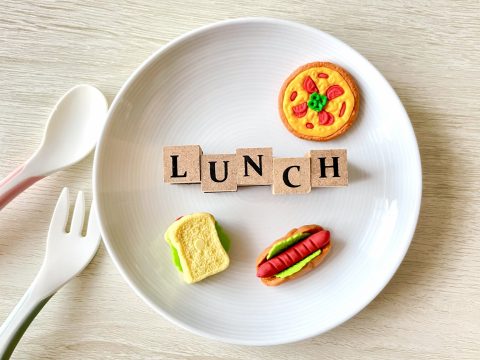How Not to Embarrass Yourself at the Japanese Dinner Table -1/2-
JAPANESE FOODS
12.06.2019
How Not to Embarrass Yourself at the Japanese Dinner Table
Today we are posting a new column about Dinner Table Manner. The writer of this column is from England which has the most strict Table manner. This is a series of 2 columns. Today is the first one.

First impressions
Making a good first impression is important. Whether we like it or not, a first impression can have a lasting effect not only on our social lives but also in a work environment. Chances are if you are trying to network with people in Japan, your first impressions are going to be made over food. There is a lot of dos and don’ts at the Japanese dinner table and due to the nature of Japan, no one is going to tell you about them! That’s right, your Japanese acquaintances will let you accidentally offend the dead, insult the restaurant and draw uncomfortable stares from others, without you even being aware of it. With that said, below are some ways to help avoid having your Japanese dinner companions raising a silent eyebrow at you.
Tools of the trade
Chopsticks. Probably the most important and daunting part of eating in a Japanese environment for those of us that have only ever known the fork and knife. As you struggle to get to grips with the sticks, let’s avoid offering your rice to dead spirits and calling bad luck down upon everyone at the dinner table…

Closeup shot of fresh sushi
You heard me. Sticking your Chopsticks upright in a bowl rice is something Japanese people do at funerals to offer the rice to the departed, it’s called ‘tsukitate-bashi’ (突き立て箸). Doing this at the dinner table is almost a guaranteed way to make people uncomfortable and is one of the more important no-nos to avoid doing.
*You may also find ‘tsukitate-bashi’ in front of a photograph at household you visit. This should go without saying, but don’t touch it.
For similar reasons don’t cross your chopsticks on your plate. This too has connotations of death and can remind people of a funeral ceremony. Most restaurants and households will supply you with chopstick holders, use them! If all else fails, rest your Chopsticks on your plate or napkin parallel to one another, it’s hard to go wrong with that. No one wants to think about you eating the cremated bones of a close relative, so don’t pass food from Chopstick to Chopstick. The only situation in Japanese culture where something is passed from Chopstick to Chopstick is called ‘Kotsuage’ (骨揚げ). It’s the act of family members at a funeral, passing the cremated bones of a loved one from Chopstick to Chopstick before placing the bones into an urn. If you find yourself in a situation where you need to pass food from yourself to another person, use serving chopsticks to place the food directly onto that person’s plate. More common is to reverse your grip on your own Chopsticks and using the opposite end, the end not covered in your saliva, to move the food across. The important thing to keep in mind here is the food is moving from Chopstick to plate and not Chopstick to Chopstick.
I’m sure no one is surprised that bringing up death and funerals at a dinner where you are trying to make a good first impression isn’t a great idea. So, if you take nothing else away from this article avoid the 3 things just mentioned and you should be able to avoid summoning the dead to dine with you.
A few other things you want to avoid doing with your Chopsticks:
►Spearing your food with your Chopsticks.
It’s frustrating trying to lift a piece of food from your plate only to have it fall back down again, but avoid stabbing your food with Chopsticks. It’s looked down upon and can paint you in a negative light.
►Rubbing your Chopsticks together.
You’re sending a message to the restaurant that you believe that their establishment is ‘cheap’ and would supply you with low-quality Chopsticks that might give you splinters. Also, not a great message to send someone you are on a date with, especially if you picked the restaurant.
►Eating with mismatched Chopsticks.
The act is associated with funerals. Who would have guessed?
►Communal plates.
When taking food from a communal plate don’t put it straight in your mouth. Place it first on your personal plate. Make sure your Chopsticks don’t touch any food you don’t plan to eat, nobody wants your saliva on their food.
►Washing your Chopsticks.
I’ve been witness to this one more than once. It’s not ok to ‘wash’ your Chopsticks in your soup or glass of water. If you feel the need for clean Chopsticks just ask for a new pair.
►Pointing with your Chopsticks.
You wouldn’t point at someone with your fork or knife, the same applies to Chopsticks. Above all else, if the prospect of using Chopsticks unnerves you, don’t worry. Mistakenly breaking any of the above rules are not going to get you into any serious trouble as you’re a foreigner and no one expects you to know all these things straight away. More than once, my poor skills with Chopsticks turned into a funny conversation starter. Though with all that said, if you going to be having an important business dinner where your best table manners are required and the thought of Chopsticks makes you uncomfortable, call the waiter and ask for a fork and knife. 9/10 times the restaurant will have them in the back, if not on the table already, waiting for you.

Just watch out for ramen, sushi, and traditional Japanese restaurants, there, Chopsticks might be your only option. There isn’t much to say about plates. Unlike in the west where our meals tend to get served on one big plate, Japan presents your food on a satellite of small dishes normally accompanied by a bowl of rice. Unlike what most of us are accustomed to, it’s fine to lift your plate off the dinner table and it’s always okay to lift your rice bowl. If you’re ever uncertain just transfer food from any of your plates to your rice bowl and then lift that instead.
Continue to next time…




